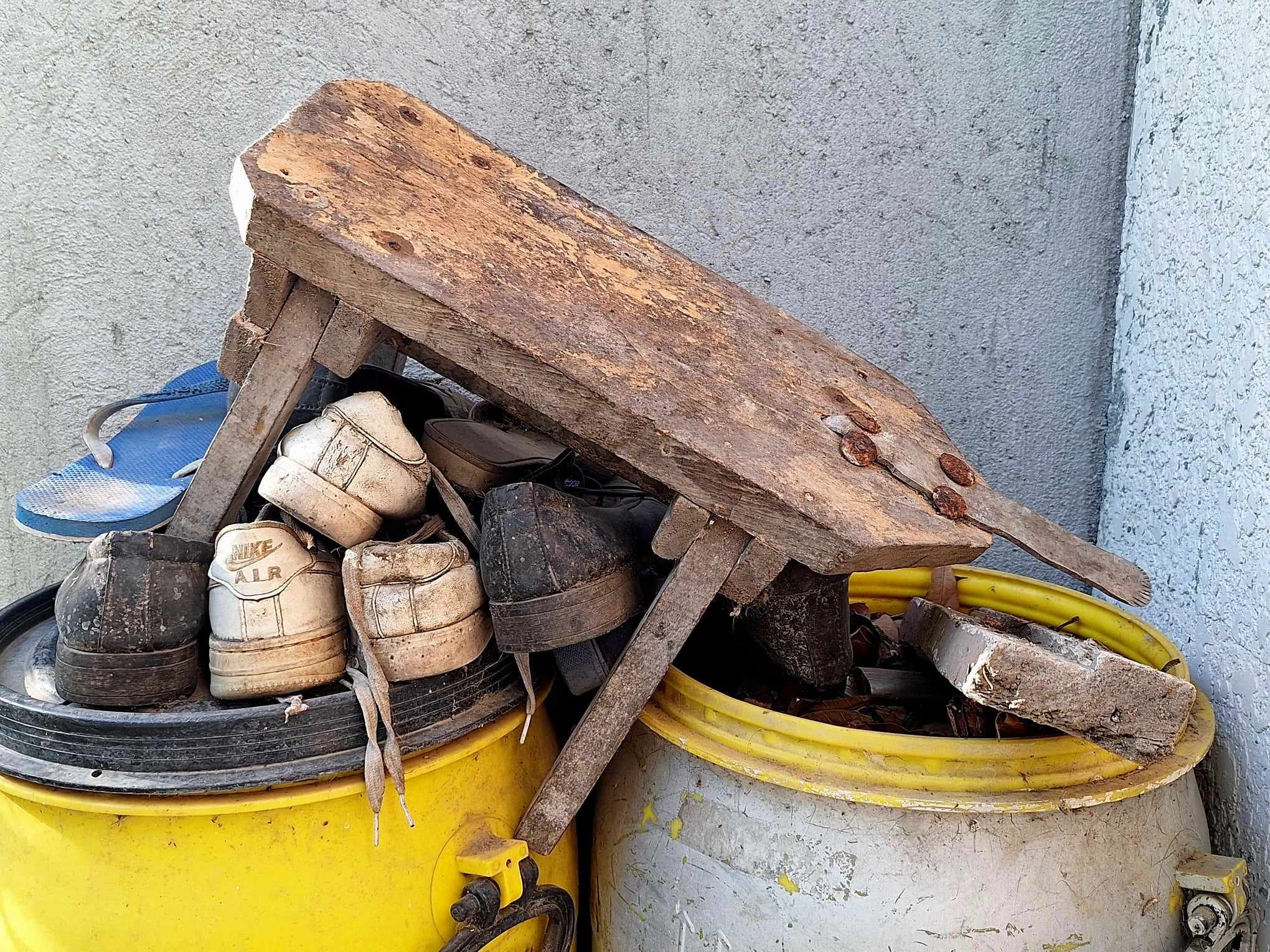SUMMARY
This is AI generated summarization, which may have errors. For context, always refer to the full article.

GENERAL SANTOS, Philippines – An old Visayan riddle goes, “Kabayo ni Adan, dili mokaon kon dili kabay-an (Adan’s horse, won’t eat unless you ride it).”
The riddle refers to a traditional Filipino household tool called by many names – kaguran or kudkuran in Mindanao and the Visayas, kayuran among Tagalogs, pangudkuran in Batanes, and igad or pagigadan among Ilocanos.
In English, the names simply translate to coconut grater or scraper, a wooden bench with a sharp, serrated rounded steel tip on one end.
Benjamin Almeda Sr., known as the “Father of Filipino inventors,” introduced the contraption to his fellow Filipinos in the early 1950s. Almeda is credited for the invention of various food processing machines that are commonly used to this day.
To use the kaguran, one has to mount the bench to manually grate coconut on its rounded blade. It is used to grate the meat of mature coconut or niyog.
A well known process among Filipinos and other Southeast Asians, it is done for easy extraction of coconut milk that is locally called gata, which is produced by squeezing the grated coconut with one’s hands. Gata is mixed in many Filipino dishes and delicacies.
“You cannot have gata without the kaguran unless you masticate the coconut,” jested retired government employee Bobby Catubig who is fond of cooking the famous binignit, a popular Holy Week staple that consists of sticky rice, jackfruit, tubers, and tapioca pearls cooked in coconut milk.
When there are festivities and important celebrations, the kaguran takes prominence in its role in delectable creamy food preparations.
During Holy Week, when most Filipinos cook popular native delicacies with coconut milk, kaguran or igad takes center stage.
Households without the traditional tool and rely on their neighbors’ kaguran usually become the butt of jokes in the neighborhood.
A favorite anecdotal alibi of those who did not prepare food during Holy Week or Halloween is that “the neighbor failed to return their kaguran” or “the neighbor did not lend their kaguran.”
A vanishing kitchen tool
With the advent of technology, the manually-operated household grater is slowly fading from the kitchen of many Filipinos.
The kaguran has also become scarce in most stores. Some online shops sell it but relatively expensive at more than a thousand pesos, beyond the means of an ordinary individual.
Instead of buying a kaguran, many residents have resorted to having their coconuts grated by enterprising vendors who also provide motor-driven coconut grating and grain grinding services.
In Palawan, some shops that offer the motorized grating service retain the shell and coconut pulp to be sold as feed, retired development worker and craftsperson Aveen Acuña-Gulo told Rappler on Saturday, March 30.

Gulo said she buys coconuts from these shops but opts to “take home the coconut pulp for my compost, the coconut water to be made into vinegar, and the shell as firewood.”
The most practical option is to buy ready-to-use coconut cream and milk sold in packs, though this is more expensive than buying coconut and having it grated.
The cost of a coconut, to include grating, is P30 while a 200ml pack of pour coconut milk costs P35. The P30-grated coconut yields double that of the 200ml pack.
Kaguran’s sentimental value
Thirteen-year-old Gio Rebollido recalled that the kaguran provided bonding time with his father whenever the family prepared food for a celebration. “We are happy and when we’re happy, the food becomes delicious,” he said.
Gio would ride the kaguran in tandem with his father while grating coconut. The laughter and noise created by horsing around on the kaguran would add to the joyful atmosphere during celebrations, he said.
“When you are happy preparing food, that happiness flows into the food, making it delicious and satisfying,” Catubig said.
But, such a practice is about to vanish and will soon just be a thing of the past amont younger generations, he said. – Rappler.com
Add a comment
How does this make you feel?
There are no comments yet. Add your comment to start the conversation.